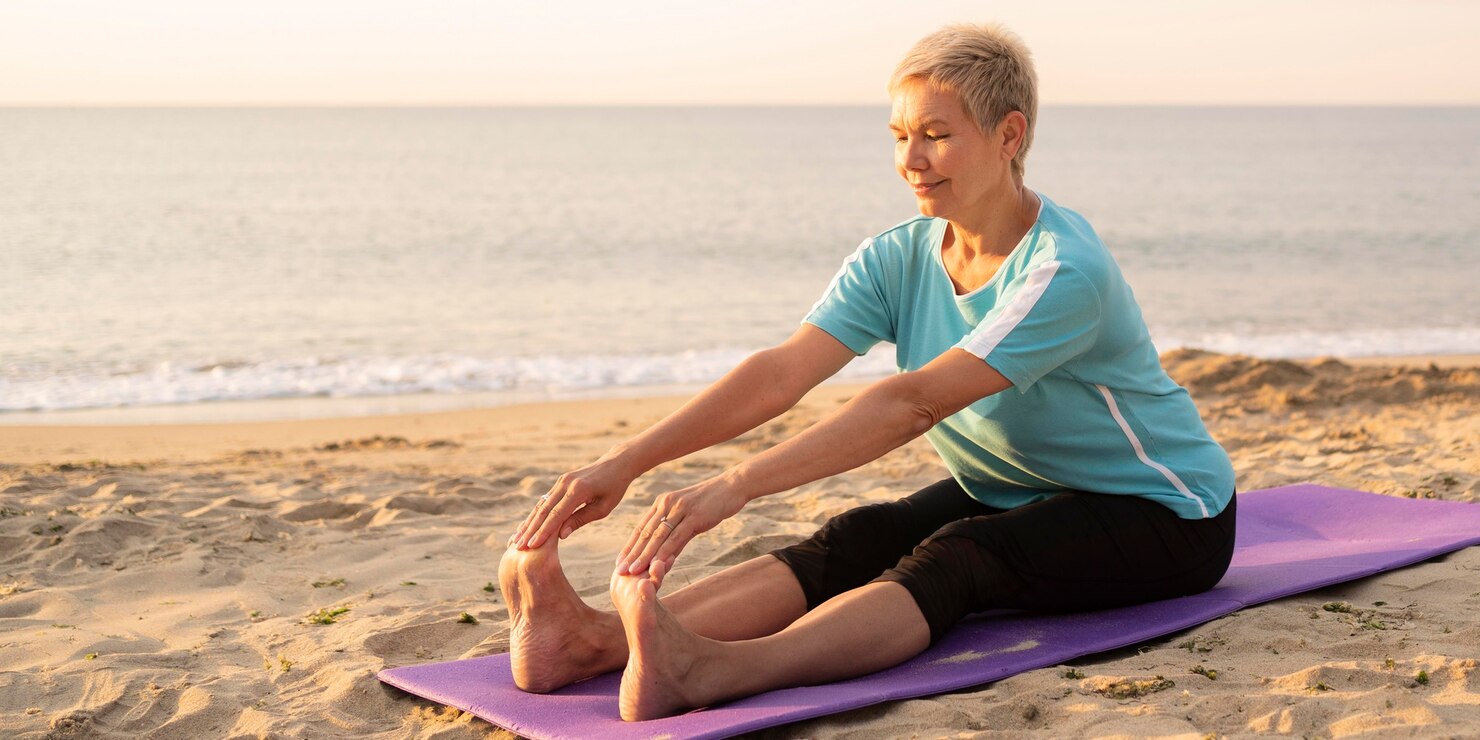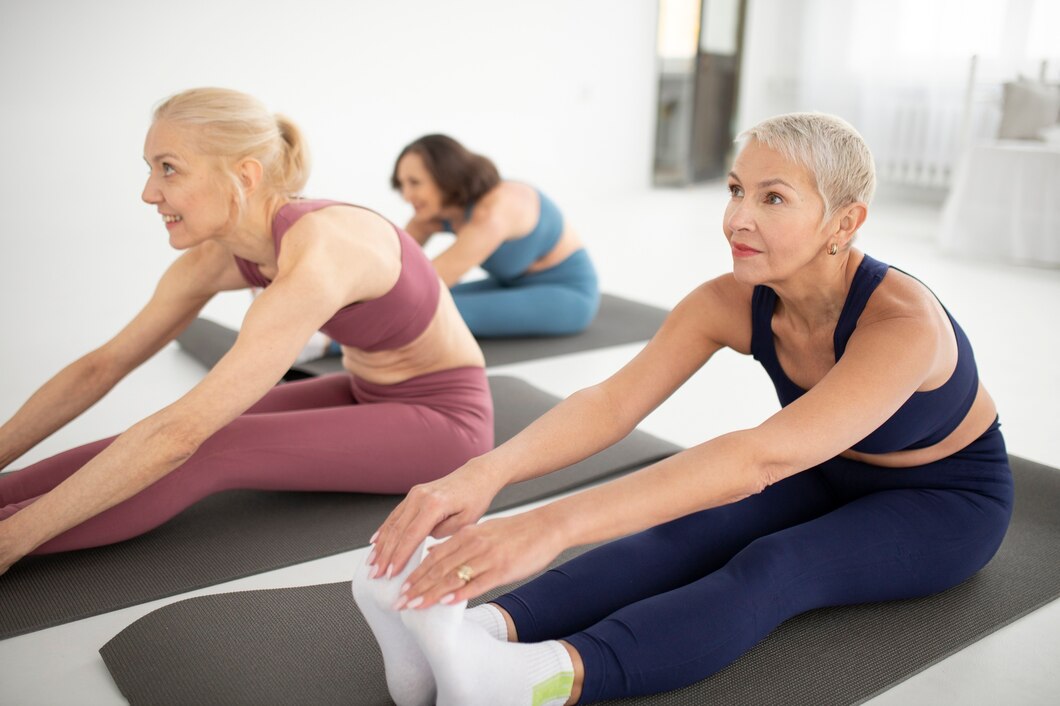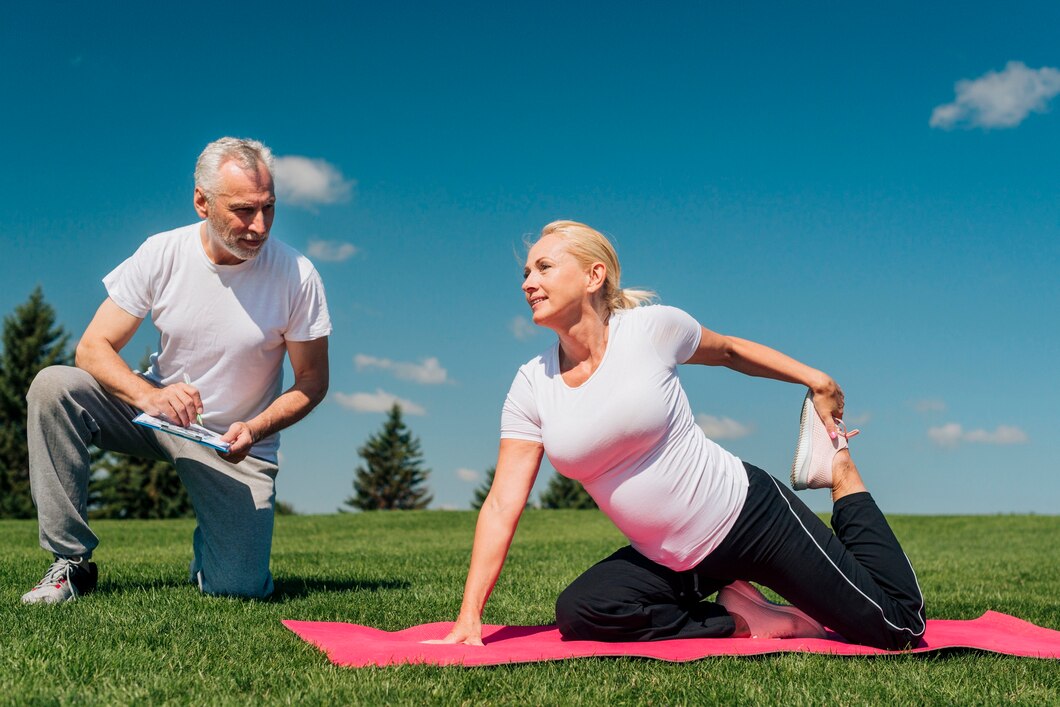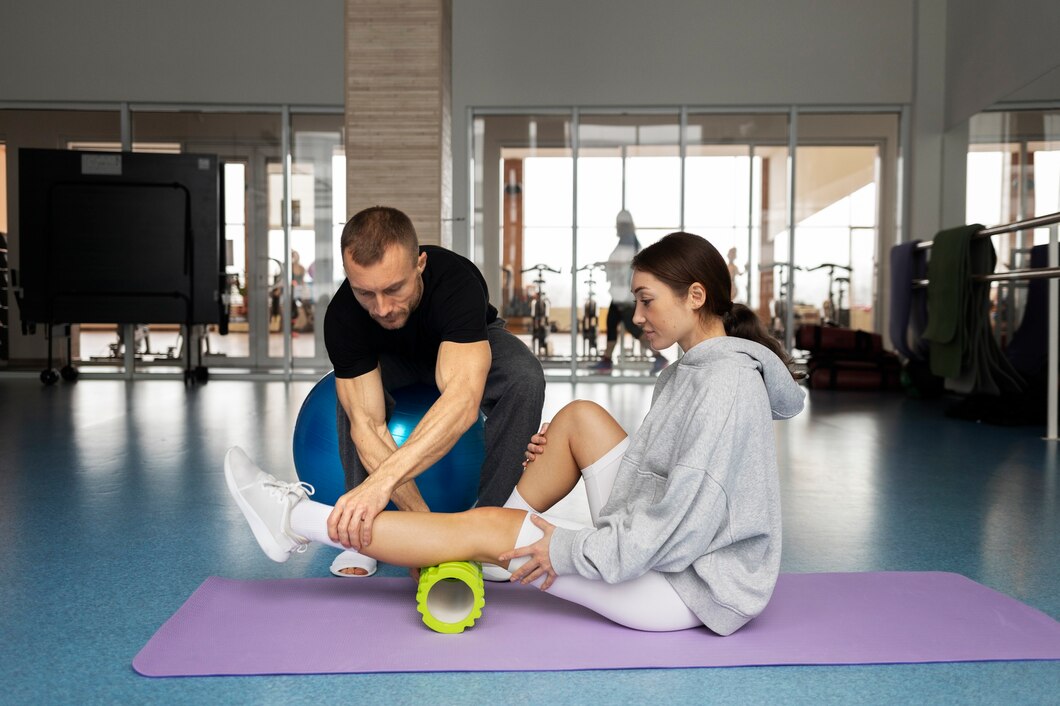The Best Low-Impact Exercises for Joint Health
Joint health is vital for an active, pain-free life, particularly as we get older or are recovering from an injury. Low-impact fitness routines do build muscles, promote flexibility and minimise stress on the joints. If you have arthritis, are recovering from an injury or want joint-friendly workouts, this guide to giving it your all with safe exercise

Joint health is vital for an active, pain-free life, particularly as we get older or are recovering from an injury. Low-impact fitness routines do build muscles, promote flexibility and minimise stress on the joints. If you have arthritis, are recovering from an injury or want joint-friendly workouts, this guide to giving it your all with safe exercise routines to keep you moving comfortably.
Why Low-Impact Exercises Are Essential for Joint Health
Low-impact fitness is all about movements that are easier on the joints but still maximise aerobic and strength gains. Unlike activities with a high impact, such as running or jumping, joint-friendly workouts focus on controlled movements. This method reduces the risk of injury and increases mobility.
Understanding Joint Health and Its Importance
Joints are where two or more bones meet and allow movement as well as provide support. With time, wear and tear, injuries or conditions such as arthritis can weaken joints and lead to stiffness and discomfort. Low-impact, safe exercise regimens help protect and preserve joint health, ensuring mobility and flexibility as we age.
Benefits of Low-Impact Fitness
- Reduces Joint Strain – Lessens pressure on knees, hips, and ankles, lowering long-term issues like osteoarthritis.
- Enhances Flexibility and Mobility – Keeps joints flexible and improves range of motion.
- Supports Weight Management – Aids in maintaining a healthy weight, relieving pressure on weight-bearing joints.
- Improves Muscle Strength – Strengthens surrounding muscles for better joint support and stability.
- Boosts Heart Health – Offers cardiovascular benefits without the jarring impact of high-intensity workouts.
- Enhances Mental Well-Being – Exercise reduces stress and anxiety, which can help with pain relief and movement.

Best Joint-Friendly Workouts
1. Swimming and Water Aerobics
Swimming is a top joint-friendly workout. The buoyancy of water dampens impact but still allows full-body movement. Water aerobics also provides resistance, which helps build strength without straining joints. Those workouts are perfect for injury recovery, arthritis or anyone who wants low-impact fitness options.
Benefits:
- Minimises strain on joints – The natural buoyancy of water reduces joint impact.
- Enhances cardiovascular endurance — Beneficial for heart health and lung function.
- Gently strengthens muscles – Water resistance activates muscles without undue strain.
- Enhances flexibility – Water supports a greater range of motion than land exercises.
Recommended Water-Based Exercises:
- Aqua Jogging – Simulates running with water resistance.
- Water Aerobics – Includes gentle movements like leg lifts and arm curls.
- Lap Swimming – Focuses on controlled strokes to build endurance.
2. Walking
Walking is a simple yet effective low-impact fitness activity that improves joint mobility and heart health. Opt for soft surfaces like grass or dirt trails to reduce stress on joints.
Tips for Joint Safety:
- Wear supportive footwear – Proper shoes cushion and support to prevent strain.
- Start at a comfortable pace – Gradually increase speed and distance to avoid stress.
- Use walking poles – They help distribute weight and reduce knee and hip pressure.
- Incorporate incline walking – Gentle slopes enhance muscle engagement without joint impact.
3. Cycling
Cycling, whether stationary or outdoors, is an excellent joint-friendly workout. It builds leg strength without pressuring your knees, making it beneficial for those with knee arthritis or lower-body injuries.
Key Benefits:
- Builds lower body strength – Strengthens quadriceps and hamstrings, reducing knee strain.
- Improves cardiovascular endurance – Provides a heart-healthy workout without high impact.
- Offers adjustable resistance – Modify based on fitness level and joint sensitivity.
Recommended Cycling Techniques:
- Opt for a recumbent bike – Reduces strain on lower back and knees.
- Maintain a steady cadence – Avoid sudden resistance increases to prevent discomfort.
- Adjust saddle height correctly – Ensures proper leg extension to minimise knee strain.
4. Yoga and Pilates
Yoga and Pilates feature controlled movements that enhance flexibility, balance, and strength. These safe exercise routines can be modified for different fitness levels and joint conditions, making them great for those with arthritis or chronic pain.
Benefits:
- Improves flexibility and range of motion – Reduces stiffness and enhances joint function.
- Strengthens core muscles – Provides better overall support, reducing joint strain.
- Encourages better posture and alignment – Minimizes pressure on joints.
- Promotes relaxation and mental well-being – Reduces stress, aiding in pain relief.
Beginner-Friendly Yoga Poses:
- Child’s Pose – Gently stretch the back and hips.
- Seated Forward Bend – Enhances flexibility without straining knees.
- Cat-Cow Stretch – Improves spinal mobility and joint lubrication.
5. Strength Training with Resistance Bands
Using resistance bands instead of weights can build muscle strength without straining joints. Resistance training supports joint stability and prevents deterioration, making it a great addition to a joint-friendly workout routine.
How to Use Resistance Bands Safely:
- Choose the right resistance level – Start light and progress gradually.
- Focus on controlled movements – Avoid jerky motions that may strain joints.
- Include full-body exercises – Engage multiple muscle groups for better support.
6. Tai Chi
Tai Chi is a gentle movement form that promotes balance, flexibility, and joint health. It involves slow, flowing motions that enhance coordination and reduce stiffness.
Why Tai Chi is Beneficial:
- Reduces stress and promotes relaxation – Supports mental and physical well-being.
- Enhances joint mobility and balance – Helps prevent falls and injuries.
- Improves overall body awareness – Encourages mindful movement for better joint care.

Tips for Maintaining Joint Health During Exercise
Warm-Up and Cool Down
Always start with a warm-up to prepare your joints and finish with a cool-down to prevent stiffness. Stretching can improve flexibility and lower injury risk.
Listen to Your Body
If you feel pain, modify or stop the exercise. Avoid pushing through pain to prevent further joint issues.
Choose Supportive Footwear
Wearing supportive shoes with proper arch support can make a significant difference in joint comfort.
Stay Hydrated
Hydration is key for joint lubrication. Drink plenty of water before, during, and after exercise to keep joints supple.
Incorporate Rest Days
Allow your joints to recover by including rest days in your low-impact fitness routine. Recovery is just as important as movement for maintaining joint health.

Final Thoughts
Prioritising joint-friendly workouts is essential for long-term mobility and health. Whether swimming, walking, or practising yoga, incorporating safe exercise routines into your daily life helps you stay active without straining your joints. Consistency is key—choose exercises you enjoy, and that fit your fitness goals. With the right approach, you can protect your joints while staying fit and healthy.